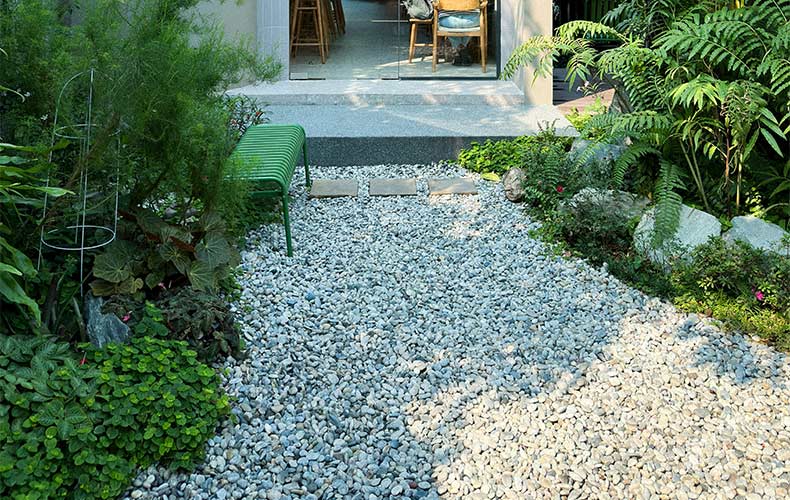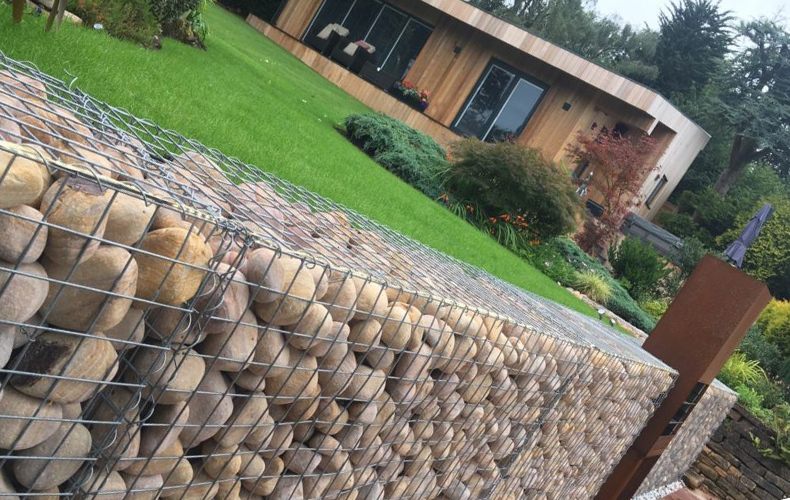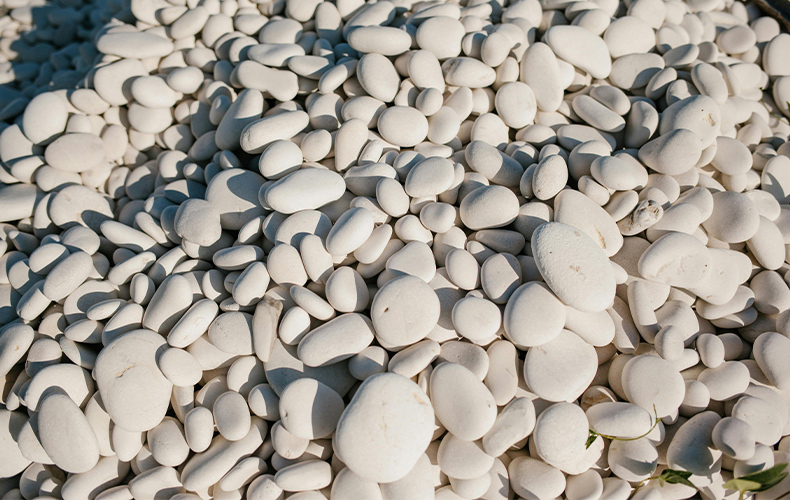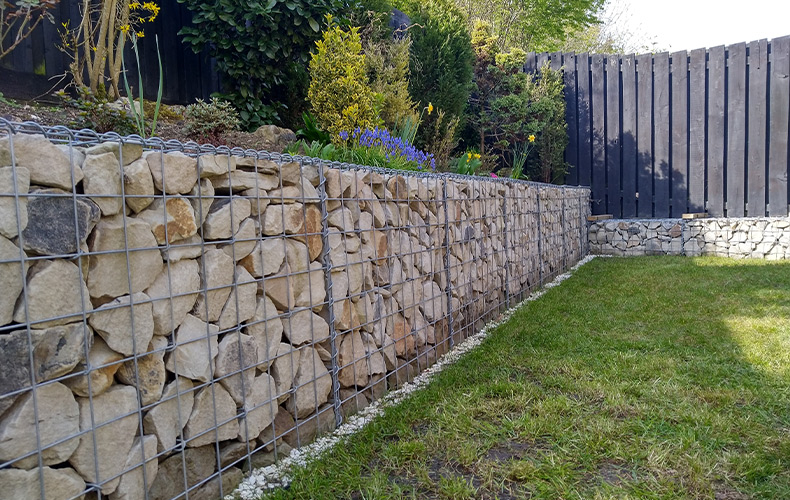How to Choose the Perfect Gravel for Your Garden Pathway
A gravel pathway is an excellent way to add character and practicality to your garden. Not only does it provide a durable and low-maintenance walkway, but it also enhances the overall landscaping. However, choosing the correct type of gravel is essential to ensure your path is both functional and visually appealing.
In this blog, we’ll guide you through the key factors to consider when selecting the ideal gravel for your garden pathway.
-
Consider the Size of the Gravel
Gravel is available in different sizes, and the one you choose will influence the comfort and stability of your path.
-
10mm or smaller – Ideal for pathways as it compacts well, creating a smoother walking surface.
-
10mm–20mm – Offers a more decorative look, though it may feel less comfortable underfoot.
-
Larger than 20mm – Best avoided for paths, as it's difficult to walk on and can shift easily.
For a practical and comfortable surface, self-binding gravel is an excellent option as it compacts firmly.
-
Choose the Right Type of Gravel
Various types of gravel are available, each with distinct textures and aesthetic qualities:
-
Self-binding gravel – A popular choice for paths, it locks together to form a stable yet natural surface.
-
Crushed stone – Angular and rough, providing greater stability than rounded gravel.
-
Cotswold self-binding gravel – A warm, lightly coloured gravel that adds a traditional appearance to any garden.
-
Slate chippings – A modern and stylish alternative with a flat, decorative finish.
-
Consider Drainage and Maintenance
Gravel pathways should be well-drained to avoid water accumulation and reduce weed growth. Here are some tips to enhance drainage and simplify maintenance:
-
Use a permeable weed membrane – This prevents weeds from growing through while allowing water to drain freely. Browse our weed membranes for an effective solution.
-
Ensure proper edging – Edging keeps gravel in place, preventing it from spreading into surrounding areas and maintaining a tidy appearance.
-
Regularly rake and top up gravel – Gravel can shift over time, and regular maintenance ensures your pathway remains even and attractive.
-
Match the Gravel to Your Garden Design
The colour and texture of the gravel should complement your garden's overall style:
-
For a traditional garden, select warm tones such as golden gravel or Cotswold chippings.
-
For a contemporary garden, consider grey slate or black basalt.
-
For a rustic, natural look, opt for self-binding gravel.
Selecting the right gravel for your garden pathway involves considering size, type, drainage, and aesthetics. Whether you prefer a classic, modern, or rustic appearance, Mainland Aggregates offers a wide range of gravel and decorative aggregates to meet your needs.
Explore our selection today and create the perfect garden pathway!
Visit the Mainland Aggregates Ltd website for more information on How to Choose the Perfect Gravel for Your Garden Pathway






